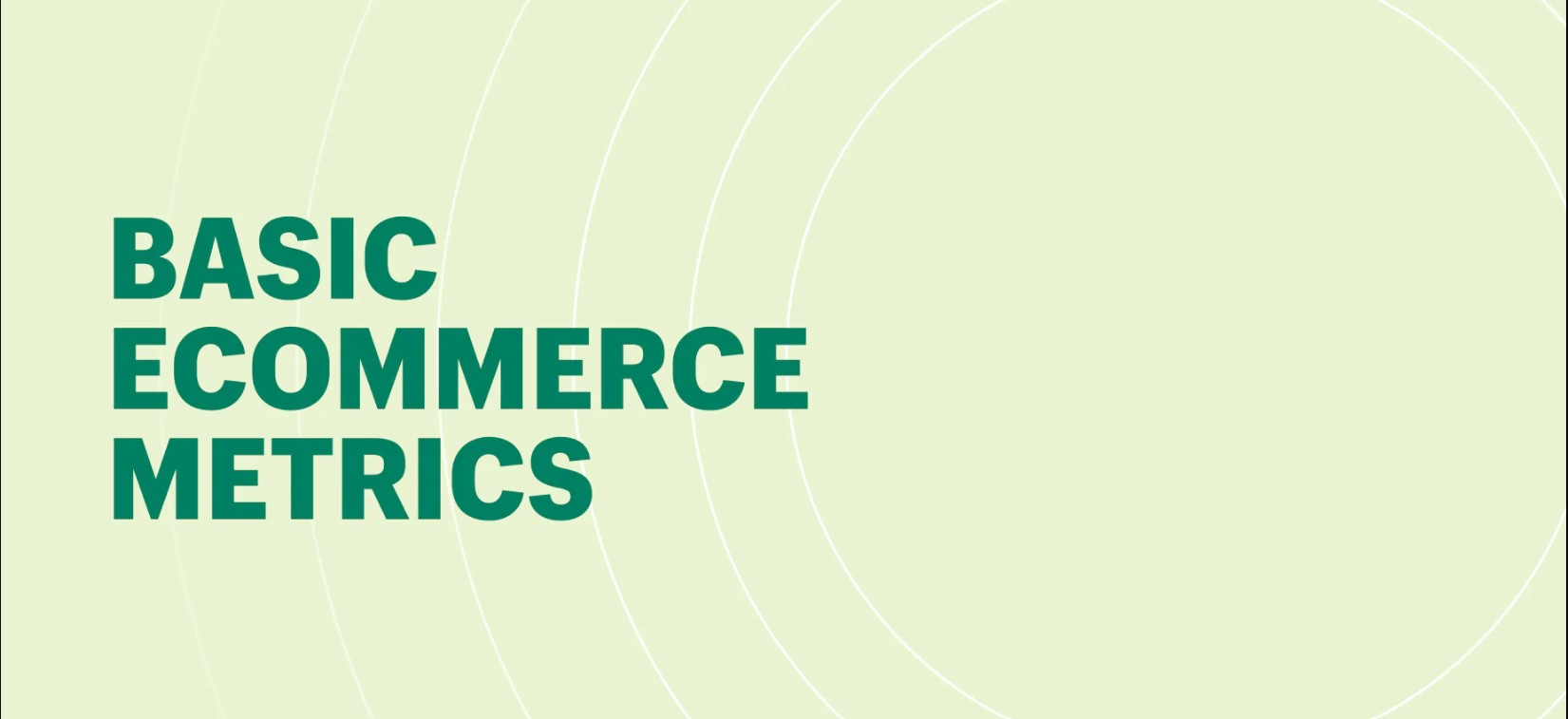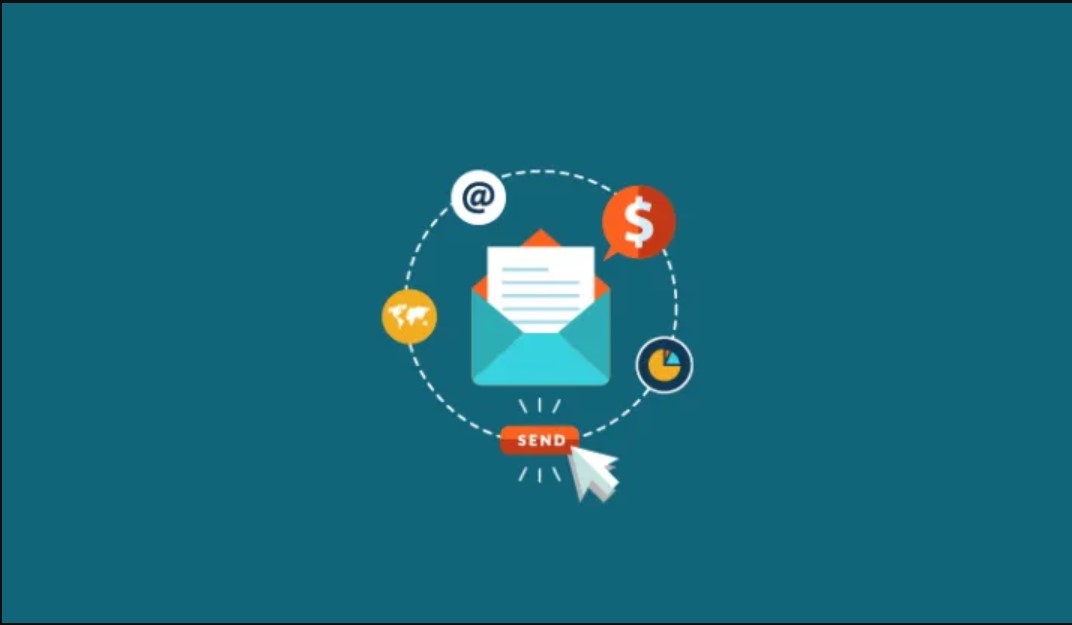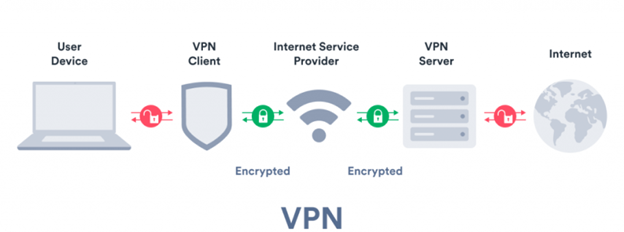
E-commerce metrics. Every marketer has heard of them, but most analyze only the most basic ones – which can be checked in a few seconds using Google Analytics 4 or simple calculations (e.g., return on investment, bounce rate, or website traffic). Is it enough to achieve spectacular success and satisfy your client enough? In no case!
If you want to record outstanding results and consciously maximize profits in your clients’ enterprises – take a step further than the competition. Start analyzing key e-commerce metrics. Don’t limit yourself to the most basic ones. Base your marketing strategy on valuable measures referring to, among others:
- sales,
- customer,
- website traffic.
Working in marketing is no joke. It’s a huge responsibility. Your task is to bring valuable traffic to the client’s website, which will translate into maximizing conversion, building brand recognition, and creating trust among potential buyers.
Do you want your competition to overtake you? If not, get to work and take your customers seriously. Start by tracking key e-commerce metrics. This article is significant to you. Good luck!
How to figure out which e-commerce metric is best for your business?
If you think the metric you want to focus on may affect your client’s financial results – undertake its analysis. This is a simple way to increase their satisfaction with marketing activities conducted by your agency.
What works best for your business are metrics that deliver concrete results. You should also choose metrics that facilitate the implementation of planned strategic goals, e.g.:
- achieving a conversion rate of 60%
- increasing customer engagement by 40%,
- reducing the number of abandoned carts by 50%.
Talk to the client and jointly determine which indicators will be appropriate for the specificity of his business. Remember that some metrics are closely related. For example – if you reduce the bounce rate, there is a high probability of improving the average time on site, etc.
Important metrics for e-commerce
There are many important e-commerce KPIs (Key Performance Indicators) that allow you to assess business success objectively. Thanks to a meticulous analysis of the most critical indicators, you will learn, among others:
- Why don’t customers complete their purchases?
- How much do your customers spend on average on each product or service?
- What percentage of consumers do not complete the transaction?
- How many customers have shopped more than once on your website?
- Are customers loyal to your brand?
- How much can you earn from working with a client for a certain period?
- How many repetitive trades are you generating?
- What does the average customer acquisition cost?
- What is the total time spent on the site?
- How many unique site visits do you record?
- What percentage of people leave your site without converting?
Below we present key e-commerce metrics related to sales, customers, and traffic on your website. By adequately analyzing them (and implementing the necessary changes to improve them), you will become more effective in business, resulting in greater customer satisfaction and, consequently, maximization of your company’s budget.
Sales related
The key e-commerce metrics related to sales:
Sales conversion rates (per traffic channel)
Sales conversion rates are an essential metric that you should pay attention to when managing small, medium-sized, and large-scale online stores. You can use it to measure the effectiveness of your sales team. For example – if the marketing department acquires 300 potential customers, the sales team transforms them into so-called paying customers.
Let’s assume that 45 of 300 potential customers have purchased a product. Then, the sales ratio will be 15% (on this basis, you will determine the company’s marketing effectiveness). Is it good? The answer to this question depends on, among others:
- specifics of the industry in which you operate;
- the market in which you sell;
- previous sales results.
Databox research shows that about 40% of marketers treat the conversion rate as one of the most important KPIs in e-commerce.
Application of sales conversion rates in practice
Regular (and above all, consistent) verification of the sales conversion rates metric will allow you to determine why customers do not finalize their purchases.
Thanks to an in-depth analysis of the discussed metric, you will find a solution to improve sales and acquire as many valuable potential customers as possible, who are distinguished by a high probability of making a purchase conversion.
Average order value
You will learn how much your customers spend by analyzing the average order value (AOV) metric.
To calculate AOV, divide your total revenue by the number of all orders. This is an extremely simple metric to measure and significant because it will help you measure profits and set purchasing goals for new customers.
How does the AOV be helpful?
Using the AOV metric will motivate you to set more ambitious goals. In the first month, you can assume that the average order value will be $40 and that you want to make a profit of $8,000. Then you should get at least 200 customers.
In the following months, it is worth setting higher (but measurable) goals that will allow you to achieve the assumed annual income (or exceed it).
Shopping cart abandonment rate
The shopping cart abandonment rate indicates the percentage of customers who add products to the cart but do not complete the transaction. It’s more common than you think – according to Baymard statistics, about 70% of people abandon shopping carts.
How to reduce the shopping cart abandonment rate?
Considering the current e-commerce standards, you can reduce the shopping cart abandonment rate in 5 ways:
- shortening the delivery time (up to 2-3 days);
- reducing delivery costs (or eliminating them);
- simplifying the purchasing process (e.g., by removing pop-ups);
- eliminating broken subpages (redirections will help you with this);
- by implementing additional forms of payment (both standard and less common).
We also recommend using remarketing – one of the most popular ways to drive traffic to your e-commerce store and attract undecided customers back.
Repeat purchasers rate
Repeat buyers rate are the consumers who have made purchases on your site more than once. To count a customer as a “repeat buyer”, focus on the second completed transaction.
We will explain it with a simple example – if out of 1000 customers, 250 people made repeat purchases, the repeat purchasers rate will be 25%.
Why is the repeat purchasers rate significant?
Repeat buyers’ rate determines the loyalty of your customers. This is an excellent measure by which you can estimate long-term profits (e.g., over the next few years).
Customer related
The key e-commerce metrics related to the customer:
Customer retention rate
The customer retention rate is one of the essential e-commerce indicators. It defines the percentage of current customers who will remain, the so-called active buyers, after a specific period (e.g., one year from the last transaction).
Customer retention analysis will help you understand the aspects that keep customers loyal to your brand.
To calculate the customer retention rate, the following should be considered:
- consumers at the beginning of the selected period,
- customers at the end of this period,
- new customers acquired during this period.
In practice, it looks like this: at the beginning of the month, you have 100 customers. During this period, you lost 20 customers but gained eight new ones. This means that at the end of the month, you have 80 regular customers and eight new ones. You now have 88 customers. Substitute these numbers into the following formula: Customer retention rate = ((88-8)/100) x 100. Your retention rate was 80% during that time.
How to improve customer retention rate?
To improve customer retention rate:
- engage customers – remind them about upcoming payments and notify them as soon as possible about any problems;
- collect opinions – you can use them to improve the level of customer service, which in the future will translate into greater satisfaction of new buyers;
- be active in social media – contact existing customers, offer numerous promotions and discounts, and solve problems as soon as they appear.
You should also deliver on your promises – define exactly what your customers will get, then align your team to exceed consumer expectations.
Customer lifetime value
Customer lifetime value (CLV) measures the amount you can earn from a potential customer for the entire duration of the cooperation. For example, if a customer makes ten-lifetime trades of $50 each, CLV will be $500.
Why is the customer lifetime value indicator important?
CLV is a precise reference point that will allow you to determine, among others:
- how much can you spend on acquiring a customer,
- how long should you apply for it.
You can improve customer lifetime value by increasing the average order value and increase loyalty among current consumers (thanks to this, they will become valuable customers for a longer time).
Email Opt-Ins

To generate repeatable transactions, take care of a high e-mail opt-in rate. In this case, getting as many people as possible to your mailing list is the point. Only some people will make a purchase conversion immediately, but after subscribing to the newsletter, potential customers will probably be interested in the offered proposals, which in the future will result in a purchase and, consequently – an increase in the profits of your company.
How to encourage consumers to provide contact details?
In return for subscribing to the newsletter, you can offer a discount code for your next order.
Customer Acquisition Cost
Want to know what are the key e-commerce metrics? CAC is undoubtedly one of them! This indicator tracks the average cost of acquiring a customer, including all expenses related to i.a. with marketing and sales. In this case, the prices for employees and hosting also turn out to be necessary.
Example? If you spend an average of $20 on customer acquisition, but the average order value is $10, you constantly lose money. You can remedy this in several ways.
How to lower the CAC?
Customer Acquisition Cost can be effectively reduced by improving the conversion rate and optimizing ads so that you spend less for each acquired customer. An excellent solution to increase the efficiency of e-commerce stores is to use an SEO strategy that considers long tail keywords (according to Wordstream information updated in 2021, as many as 50% of search terms consist of a minimum of 4 words).
Traffic-related
The key e-commerce metrics are traffic-related:
Average time on site
Average time on site is another e-commerce metric that considers the time spent on the site. To calculate this metric, follow this formula: total time on page / (total page views – total exits).
According to reliable research by Contentsquare Digital Experience Benchmark from 2021 the average time spent on the page is 54 seconds. The longest users use B2B websites – in this case, the average time on site oscillates around 82 seconds.
Why is the average time on site a helpful indicator in e-commerce?
Average time on site is a significant and helpful indicator because, among other things, based on it, you can determine the usability of the site.
For example – a long time spent on a blog entry proves that the content is readable and meets the intentions of users (45% of Databox respondents stated that the average time spent on the page for their blog entries is from 3 to 5 minutes).
However, keep in mind that on payment or landing pages, an extended time spent on the page may indicate an incorrectly optimized shopping path. If your customers take an average of 4 minutes to fill out contact forms, you probably configured them wrong (or the number of pop-ups on your site forced the customer to take a 3-minute break).
Sessions
Last but not least important e-commerce metric for your business. Sessions measure interactions made by a user. This is a good indicator if you want to understand how users use your site.
Unique page views will allow you to understand better, e.g.:
- reason for high bounce rate,
- individual behavior of Internet users,
- scheme of actions of converting customers.
Sessions on the website can be checked in Google Analytics 4. Each session lasts 30 minutes.
Bounce rate
Bounce rate is the percentage of people who enter and leave your website without taking a valuable action, including:
- product purchase,
- adding a product to the cart,
- entering the product subpage,
- filling in the contact form,
- subscribing to the newsletter,
- link clicks,
- sharing content on social media,
- video plays,
- download the guide in the form of a PDF or a mobile application.
Do you want to know the bounce rate of the e-commerce website you manage? Divide visits to one page by total visits. For example – if you recorded 250 visits and 25 Internet users did not perform any action on your website – the bounce rate is 10%.
What should the bounce rate be?
The answer to this question is – it depends on the type of your website. Custommedialabs reports a bounce rate of 20 to 45% for e-commerce sites. Landing pages, dictionaries, portals, and blogs, on the other hand, generate from 60 to 90% of bounces.
Why tracking e-commerce metrics is important for your business?
Keeping track of e-commerce metrics is essential for any online business to achieve long-term success. Whether you’re an entrepreneur or a marketer, you need to pay attention to the most important metrics related to sales, customers, and website traffic. By selecting and monitoring these metrics, you can make informed decisions about your marketing strategy and improve your overall profitability.
That’s why it’s important to work with a professional SEO company that can guide you through the process of tracking and analyzing e-commerce metrics. They can help you identify the metrics that matter most to your business and create a tailored marketing strategy that meets your goals. Additionally, they can provide you with detailed reports that document the impact of your marketing activities. This allows you to see the results of your efforts and make any necessary adjustments to your strategy.





